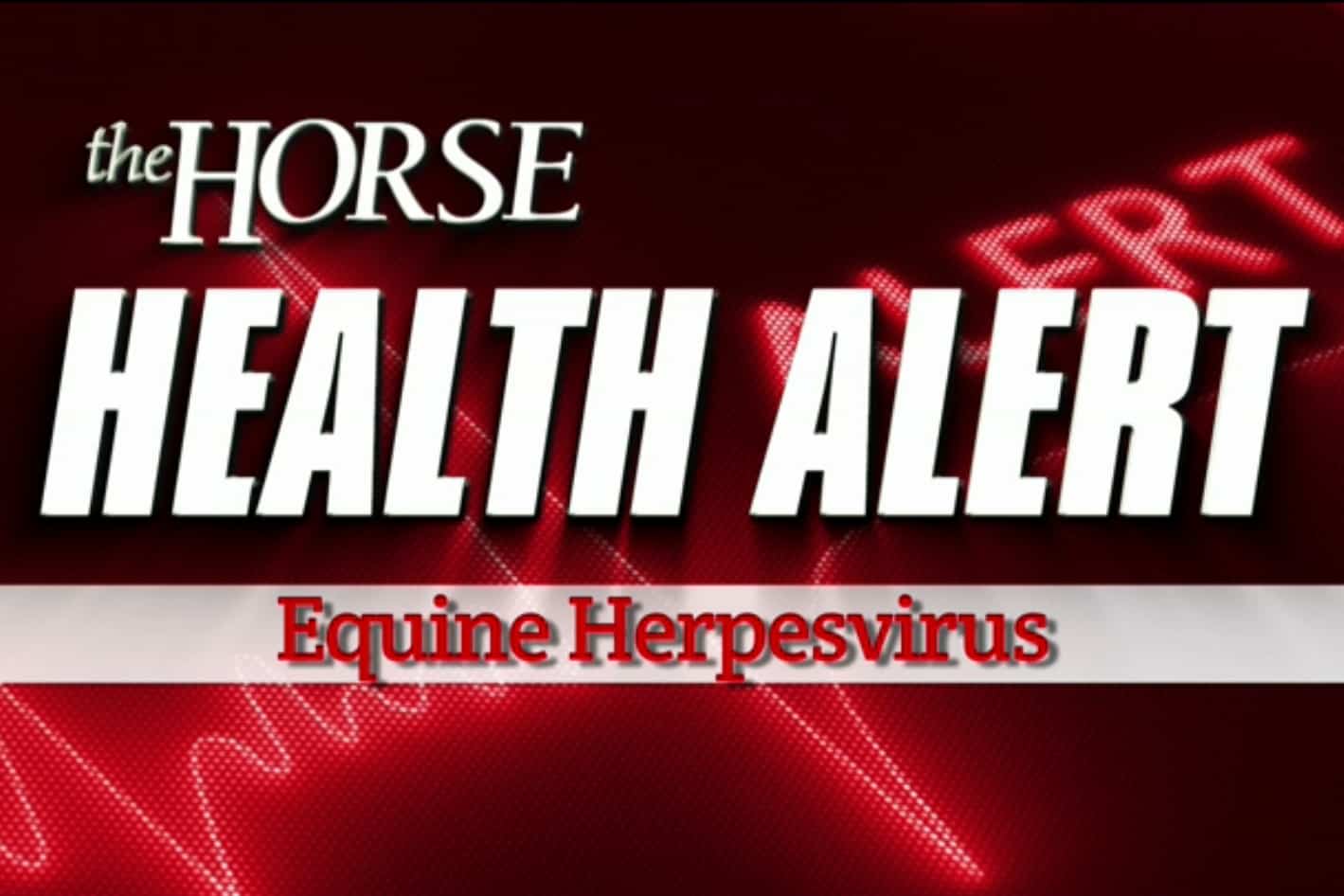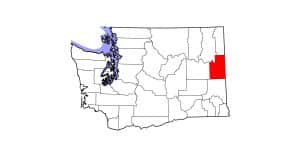California Confirms More EHV-1 Cases

On the heels of an equine herpesvirus-1 (EHV-1) outbreak that began Jan. 24 at a San Mateo County boarding facility and continued to spread the following week, officials at the California Department of Food and Agriculture (CDFA) confirmed two more horses at the index premises as positive on Feb. 4.
The newly affected horses include a 12-year-old Warmblood gelding that began experiencing fever on Jan. 30 and a 25-year-old Appaloosa gelding that first displayed fever Feb. 3. Clinical signs included fever, lethargy, and sheath, limb, and throatlatch edema (swelling), but neither exhibited neurologic signs. Both had been vaccinated against EHV-1, and both are recovering in isolation: the Warmblood at a veterinary clinic and the Appaloosa at the index premises. CDFA continues to oversee the outbreak.
EHV 101
Herpesvirus is highly contagious among horses and can cause a variety of ailments in equids, including rhinopneumonitis (a respiratory disease usually found in young horses), abortion in broodmares, and equine herpesvirus myeloencephalitis (EHM, the neurologic form).

In many horses, the first or only sign of EHV-1 infection is fever, which can go undetected. In addition to fever, other common signs of EHV-1 infection in young horses include cough, decreased appetite, depression, and a nasal discharge. Pregnant mares typically show no signs of infection before they abort, and abortions usually occur late in gestation (around eight months) but can be earlier. Abortions can occur anywhere from two weeks to several months following infection with EHV-1.
Horses with EHM usually have a fever at the onset of the disease and might show signs of a respiratory infection. A few days later, neurologic signs such as ataxia (incoordination), weakness or paralysis of the fore- and hind limbs, urine retention and dribbling, loss of tail tone, and recumbency (inability to rise) develop.
Herpesvirus is easily spread by nose-to-nose or close contact with an infectious horse; sharing contaminated equipment including bits, buckets, and towels; or clothing, hands, or equipment of people who have recently had contact with an infectious horse. Routine biosecurity measures, including hygiene and basic cleaning and disinfection practices, should be in place at all times to help prevent disease spread.
Current EHV-1 vaccines might reduce viral shedding but are not protective against the neurologic form of the disease. Implementing routine biosecurity practices is the best way to minimize viral spread, and the best method of disease control is disease prevention.
Written by:
Diane E. Rice
Related Articles
Stay on top of the most recent Horse Health news with












